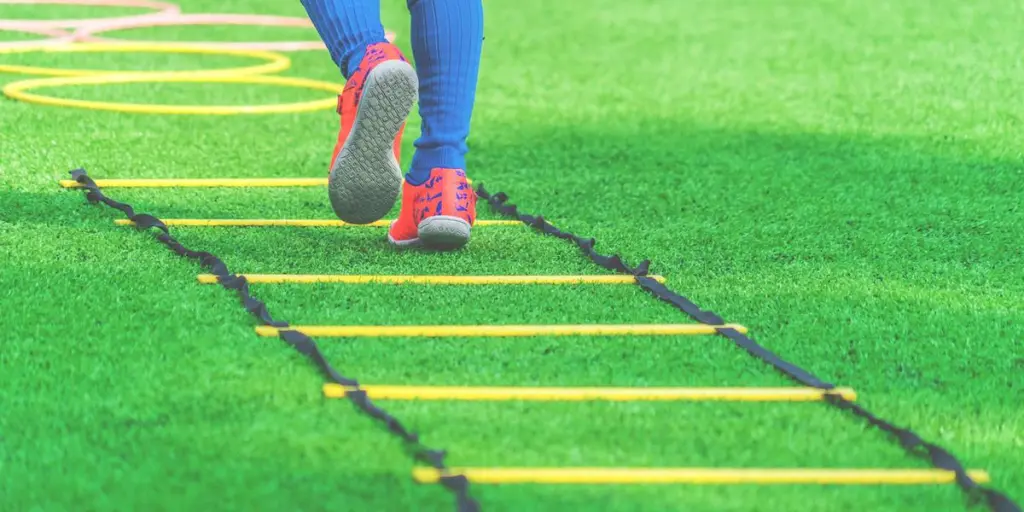Pro agility, also known as the 5-10-5 drill, is a staple in athletic training, designed to enhance speed, agility, and quickness. As the sports and accessory industry continues to evolve, the demand for advanced pro agility equipment is on the rise. This article delves into the market overview of pro agility, highlighting key trends, market performance, and future prospects.
Table of Contents:
Market Overview of Pro Agility
Innovative Materials and Design in Pro Agility Equipment
Technological Features Elevating Pro Agility
Customization and Personalization Trends
Benefits and Performance Enhancements
Conclusion
Market Overview of Pro Agility
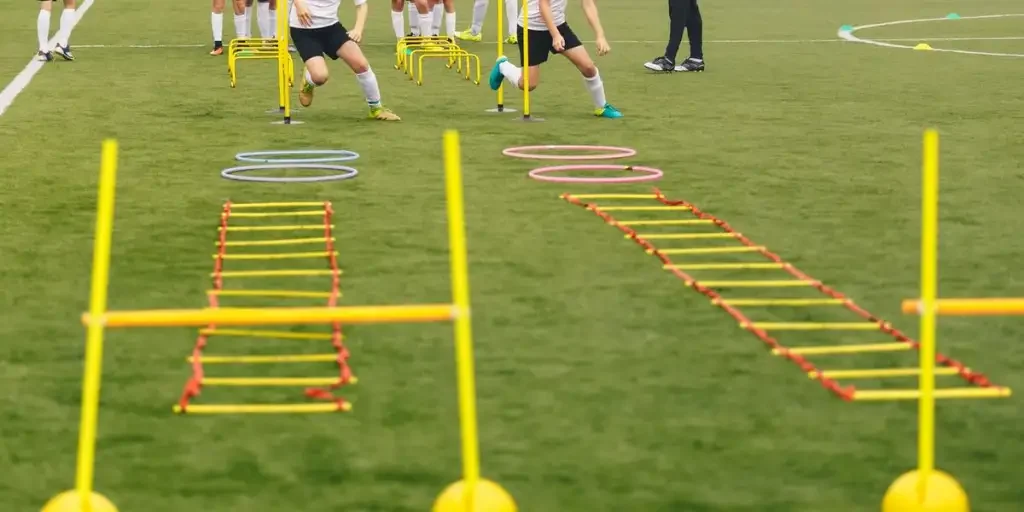
The pro agility market is experiencing significant growth, driven by the increasing emphasis on athletic performance and the adoption of advanced training methodologies. According to a professional report, the global sports equipment market, which includes pro agility gear, is projected to grow at a CAGR of 5.65% from 2024 to 2030, reaching USD 62.37 billion by 2030. This growth is fueled by the rising participation in sports, the growing popularity of fitness activities, and the continuous advancements in sports technology.
Data of Market Performance
The pro agility market is a subset of the broader sports equipment market, which has shown robust performance in recent years. In 2023, the global sports equipment market was valued at USD 42.44 billion and is expected to reach USD 44.76 billion in 2024. This upward trend is indicative of the increasing demand for high-quality, performance-enhancing sports gear, including pro agility equipment.
Regional Insights
The demand for pro agility equipment varies across different regions, with notable growth in the Americas, EMEA, and Asia Pacific. In the Americas, particularly in the United States and Brazil, the popularity of sports and substantial investments in sports leagues drive the demand for advanced training equipment. Europe, with its strong sports culture and extensive youth participation, also exhibits high sales of pro agility gear. The Asia Pacific region showcases rapid growth due to increasing interest in sports, rising middle-class incomes, and greater exposure to international sports events.
Key Players
Several key players dominate the pro agility market, leveraging their expertise and innovation to cater to the growing demand. Companies like Nike, Adidas, and Under Armour are at the forefront, continuously introducing new products that incorporate cutting-edge materials and technology. These brands focus on enhancing performance and comfort, tapping into a consumer base that values both style and utility.
Future Trends
The future of the pro agility market looks promising, with several trends shaping its trajectory. One significant trend is the integration of smart technology in pro agility gear, enabling real-time tracking and analytics to optimize training. Additionally, there is a growing emphasis on sustainability, with brands exploring eco-friendly materials and manufacturing processes. Customization and personalization are also gaining traction, allowing athletes to tailor their equipment to their specific needs and preferences.
Brands Comparison
When comparing brands in the pro agility market, it is evident that innovation and quality are key differentiators. Nike, for instance, has secured its position as a market leader through strategic partnerships and continuous product development. Adidas, on the other hand, emphasizes sustainability and cultural heritage in its product designs. Under Armour focuses on performance and durability, catering to professional athletes and fitness enthusiasts alike.
Innovative Materials and Design in Pro Agility Equipment
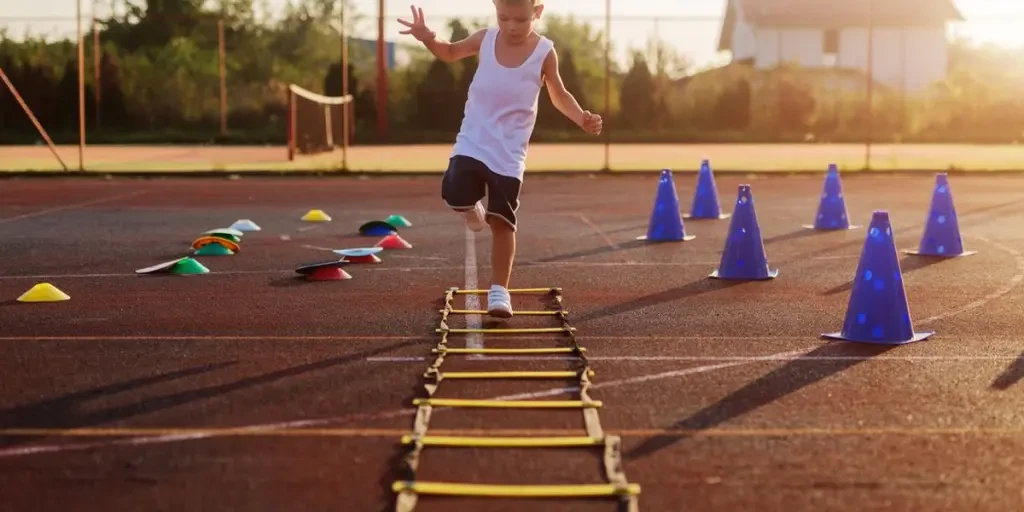
Cutting-Edge Materials for Enhanced Performance
The evolution of pro agility equipment has been significantly influenced by the introduction of innovative materials designed to enhance performance. Modern materials such as advanced polymers, carbon fiber, and high-strength textiles are now commonly used in the construction of agility gear. These materials offer a combination of lightweight properties and exceptional durability, which are crucial for athletes who require both speed and resilience in their training equipment.
For instance, the Trango Agility 9.1 climbing rope, as reported by a professional review, incorporates a proprietary “Red Flag” treatment that marks the final five meters at each end with bright red dye. This innovative feature not only enhances safety but also demonstrates how material advancements can contribute to the overall functionality of agility equipment. The rope’s triple-rating for use as a single, double, or twin setup further underscores its versatility and durability, making it a valuable asset for various training disciplines.
Ergonomic and Sleek Designs for Maximum Efficiency
In addition to advanced materials, the design of pro agility equipment has also seen significant improvements. Ergonomic designs that prioritize user comfort and efficiency are now a standard in the industry. These designs are tailored to reduce strain and enhance the natural movement of athletes, thereby improving their overall performance.
For example, the La Sportiva Aequilibrium Speed approach shoe, highlighted in a recent review, features a mid-height cut and heel bail that offer superior stability and crampon compatibility. Although its tall collar and significant weight may not be ideal for all conditions, its design is optimized for mixed terrains and long approaches, showcasing how thoughtful design can enhance agility and performance.
Technological Features Elevating Pro Agility
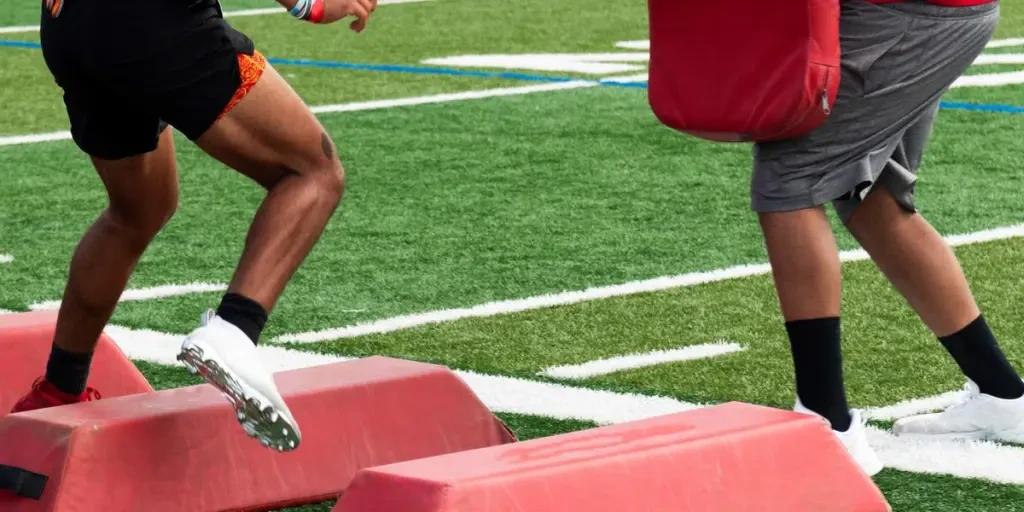
Smart Technology Integration in Pro Agility Gear
The integration of smart technology into pro agility gear is revolutionizing the way athletes train and monitor their progress. Wearable technology, such as sensors and smart fabrics, can provide real-time feedback on an athlete’s performance, allowing for more precise and effective training.
For instance, the use of smart insoles in footwear can track metrics such as foot pressure, stride length, and balance. This data can be invaluable for athletes looking to optimize their training routines and prevent injuries. Brands like Nike and Puma are already investing in technology that supports young athletes, particularly girls, by enhancing their body confidence and fostering a sense of belonging in sports.
Advanced Tracking and Analytics for Improved Training
Advanced tracking and analytics tools are becoming increasingly important in pro agility training. These tools can analyze an athlete’s performance data to identify strengths and areas for improvement, providing a more comprehensive understanding of their training needs.
For example, the use of GPS tracking in agility drills can provide detailed insights into an athlete’s speed, agility, and endurance. This data can be used to tailor training programs to the specific needs of the athlete, ensuring that they are working on the areas that will have the greatest impact on their performance. The integration of such technology into pro agility gear is a testament to the ongoing innovation in the industry.
Customization and Personalization Trends
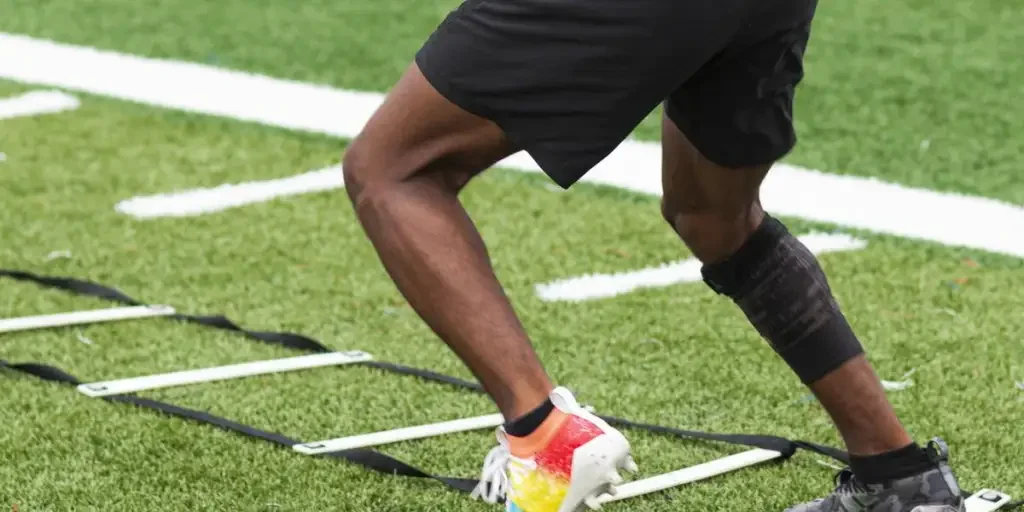
Tailored Solutions for Diverse Training Needs
Customization and personalization are becoming key trends in the pro agility equipment market. Athletes have diverse training needs, and the ability to tailor equipment to meet these needs can significantly enhance their performance. Customizable gear allows athletes to adjust their equipment to their specific requirements, ensuring optimal comfort and efficiency.
For instance, the development of women’s sports footwear, as reported in a professional study, has seen significant advancements with brands like Canadian Hettas and American Moolah Kicks creating products specifically designed for women. This trend towards tailored solutions is not only enhancing performance but also promoting inclusivity in sports.
Custom Branding and Aesthetic Options
In addition to functional customization, there is also a growing demand for custom branding and aesthetic options in pro agility equipment. Athletes and teams are increasingly looking for gear that reflects their personal style and brand identity. This trend is driving manufacturers to offer a wider range of design options, from custom colors and logos to unique patterns and finishes.
This personalization trend is evident in the approach shoe market, where brands are offering a variety of designs to cater to different preferences. For example, the La Sportiva TX4 Evo and Scarpa Gecko approach shoes come in a range of colors and styles, allowing athletes to choose gear that not only performs well but also looks good.
Benefits and Performance Enhancements
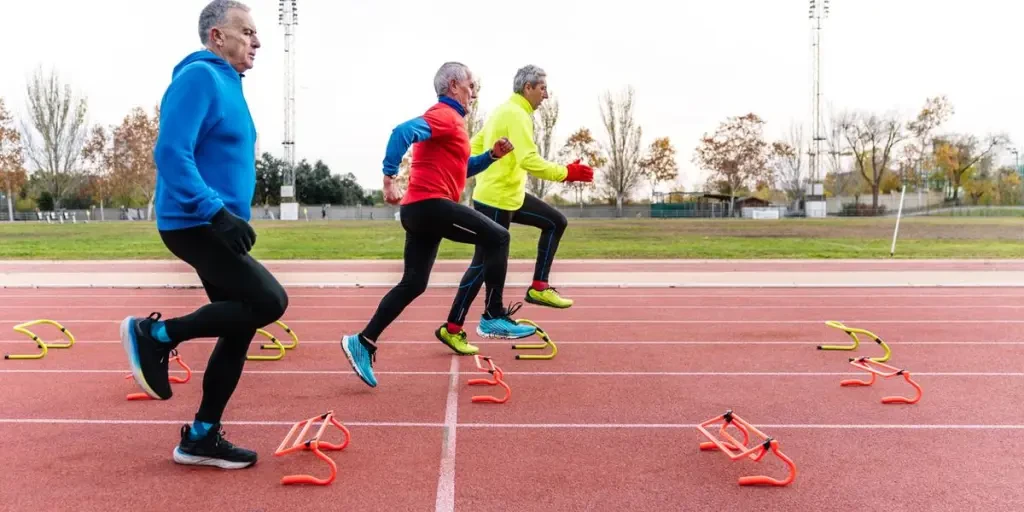
Boosting Athletic Performance with Pro Agility
The advancements in materials, design, and technology in pro agility equipment are collectively contributing to significant performance enhancements for athletes. The use of lightweight, durable materials ensures that athletes can train more effectively without being weighed down by their gear. Ergonomic designs reduce strain and improve efficiency, while smart technology and advanced analytics provide valuable insights into performance.
For example, the integration of smart technology in footwear, as seen in the development of women’s sports shoes, is helping athletes optimize their training and prevent injuries. These advancements are not only boosting performance but also enhancing the overall training experience for athletes.
Long-Term Benefits for Athletes and Trainers
The long-term benefits of using advanced pro agility equipment extend beyond immediate performance improvements. By providing athletes with the tools they need to train more effectively and safely, this equipment can help prevent injuries and promote long-term health and well-being. Additionally, the data collected through smart technology can be used to track progress over time, allowing athletes and trainers to make informed decisions about their training programs.
Investments in research and development, such as those made by brands like Puma and Nike, are also contributing to the long-term benefits of pro agility equipment. These investments are leading to the creation of gear that is not only more effective but also more inclusive, ensuring that all athletes have access to the tools they need to succeed.
Conclusion
The pro agility equipment market is undergoing a transformation driven by innovative materials, advanced technology, and a focus on customization. These advancements are enhancing athletic performance, promoting long-term health, and providing athletes with the tools they need to succeed. As the industry continues to evolve, the future looks promising for athletes and trainers alike, with even more sophisticated and personalized solutions on the horizon.
